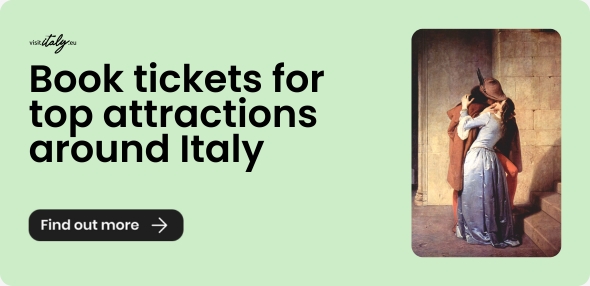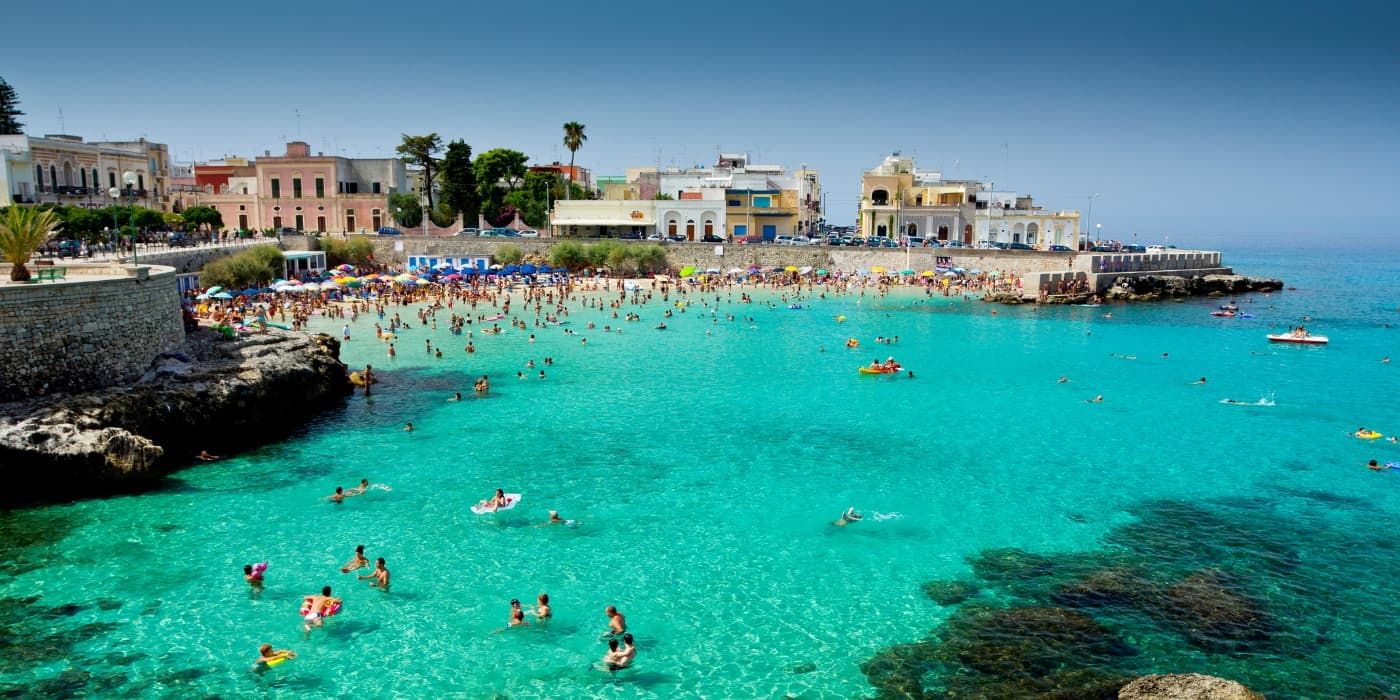Every year in August, Italy seems to pause. The main cities empty out, businesses shut down, and locals head to the coast, mountains, or countryside. At the heart of this seasonal shift is Ferragosto — a holiday celebrated on August 15, rooted in both ancient Roman and Catholic traditions. The temperatures are the highest of the year since August is the peak of Italian meteorological summer, and the month is traditionally called "il solleone" - the heat of the summer. For many travelers, this peak summer month seems like the perfect time to visit Italy, but if you’re planning a trip during August, there’s some information and tips to consider during the planning of an Italian summer vacation.

What to expect to find in Italy in August
Traveling to Italy in August offers a unique lens into Italian culture. It is the month of vacation for locals, and the country is crossed by an atmosphere of celebrations and calm. The cities are empty except for tourists, while beaches and mountains are busy and full of people. If you are planning a vacation in Italy in August, you could navigate some closures and crowds, but you will also witness traditions like Ferragosto, experience lively festivals, and enjoy a slower pace in the cities. With smart planning and our ultimate guide, you can make your August trip to Italy both memorable and manageable.
Listen to the podcast version of the article with Monna Lisa and Leonardo's voices
What Ferragosto represents for Italians
Originally introduced by Emperor Augustus in 18 BC as a day of rest after weeks of hard agricultural labor, Ferragosto means literally in Latin "August holidays." This celebration has evolved over the centuries into a Catholic festivity which marks the Assumption of the Virgin Mary, and nowadays it is the major summer holiday. Ferragosto, which falls every year on the 15th of August, is a blend of historical festivity, religious observance, and for Italians, it’s not just a day off; it’s the cultural centerpiece of Italian summer, with many businesses and locals heading to the coast or mountains for vacation. Ferragosto marks a time of rest for many activities before the start of the school year in September.
How Ferragosto affects daily life in Italy
During Ferragosto and often the entire month of August, businesses in Italy close or reduce hours. This doesn't mean you will find all the shops closed in the main cities, but don’t be surprised if you find shuttered restaurants, or small shops on break in small cities and villages which are not involved in the summer touristic areas. While major tourist attractions and the most iconic tourist cities like Rome, Florence, Naples, and Venice typically remain open, it’s always smart to check ahead for modified hours or holiday closures, especially for small local museums which can run on limited schedules. In cities, you may find less local activity in some suburban districts, but coastal areas, lakes, and alpine regions, however, become busy with both locals and international tourists.
Pros and cons of travel in Italy during August
Traveling in Italy during August could be challenging because small, family-run businesses often shut down completely, and beaches and popular destinations are expected to be crowded, especially during Ferragosto week. Moreover, August is one of the hottest months in Italy, with temperatures regularly climbing above 35°C. On the other hand, cities like Rome, Florence, and Naples may feel emptier and more relaxed without the usual bustle of locals, and mountain towns and seaside villages are in full swing, offering cultural events and summer markets. In addition, Ferragosto is one of the most heartfelt festivities, with stunning celebrations which include fireworks, parades, and concerts in many towns.
Tips and suggestions for traveling in Italy in August
To make the most of a vacation in Italy in August, our suggestion is to plan ahead, booking accommodations and train tickets early, especially for beach towns and mountain resorts. Since August is the peak of summer heat, stay cool and schedule sightseeing for early morning or evening, avoiding outdoor tours during peak heat hours. To avoid crowded areas, you can explore lesser-known hill towns or the Dolomites for cooler weather and fewer people. Because August is a celebration of summer vibes in Italy, our suggestion is to join a Ferragosto festival or fireworks display for a local experience.
About the author
Written on 25/07/2025



Elisa Verrazzo
Discover with us why Italy takes August off and what it means if you are planning a vacation in Italy.